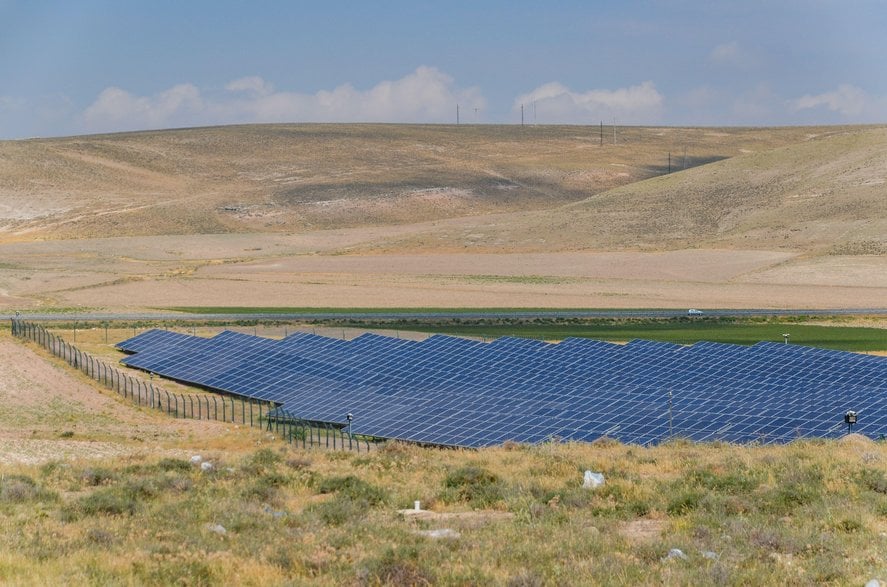Supporting Materials
Methodology
The data in this report is curated by Ember. The full dataset is available to download. Please address any data queries to [email protected].
Generation, imports and demand
Annual data from 2000 to 2020 is gross generation, published by Eurostat. More recent data is an estimate of gross generation, based on net generation gathered from monthly data. This estimate is calculated by applying absolute changes in net generation to the most recent gross baseline.
Net imports from 2000 to 2020 are also published by Eurostat, with recent data estimated in the same manner as generation. Demand is calculated as the sum of generation and net imports, and validated against direct demand figures published by ENTSO-E.
Monthly data is gathered from a number of sources, including both centrally reported ENTSO-E data and directly reported national transmission system operators. In some cases data is published on a monthly lag; here we have estimated recent months based on relative changes in previous years. These cases are flagged in the dataset.
Monthly published data is often reported provisionally, and is far from perfect. Every effort has been made to ensure accuracy, and where possible we compare multiple sources to confirm their agreement.
Below is a list of countries included, and sources for recent monthly data. A complete country-by-country methodology for all countries, including those outside of Europe, is available for download here.
- Austria: ENTSO-E
- Belgium: ENTSO-E
- Bulgaria: ENTSO-E
- Croatia: ENTSO-E
- Cyprus: Eurostat
- Czechia: ENTSO-E
- Denmark: ENTSO-E
- Estonia: ENTSO-E
- Finland: Biomass, gas, hydro, solar and wind from Eurostat; other fuels from ENTSO-E
- France: ENTSO-E
- Germany: Biomass and gas from Agora; other fuels from ENTSO-E
- Greece: ENTSO-E
- Hungary: Solar data before 2020 from Eurostat; other fuels from ENTSO-E
- Ireland: Sustainable Energy Authority of Ireland
- Italy: Biomass and solar from Terna; other fuels from ENTSO-E. Flow data from Terna
- Latvia: ENTSO-E
- Lithuania: ENTSO-E
- Luxembourg: Eurostat
- Malta: Eurostat
- Netherlands: Statistics Netherlands
- Poland: Solar data from ARE via Instrat; other fuels from ENTSO-E
- Portugal: ENTSO-E
- Romania: ENTSO-E
- Slovakia: ENTSO-E
- Slovenia: ENTSO-E
- Spain: ENTSO-E. Flow data from e-SIOS
- Sweden: ENTSO-E
Emissions
Note: this methodology differs slightly from our global methodology, in that it uses emissions factors more specific to EU countries. As a result, figures provided in this report will differ slightly from those we report elsewhere.
We report emissions values by fuel type, and emissions intensity by country. These values are calculated by multiplying our generation numbers by the below emissions factors:
- Hard coal 830gCO2eq/kWh
- Lignite 1100gCO2eq/kWh
- Fossil gas 370gCO2eq/kWh
- Other fossil fuels 700gCO2eq/kWh.
These factors are calculated with reference to data on the greenhouse gas emission intensity of electricity generation from the European Environment Agency (EEA) and gross electricity production and electricity production by fuel type from Eurostat. These factors reproduce recent historic emissions at an EU level, but for a number of reasons will not be completely accurate at country level. In particular, thermal plant efficiency and the carbon content of fuels varies by country.
N.b. due to the methodology used by the EEA for the historic dataset, the values do not include CO2eq emissions from the combustion of biomass; nor do they include upstream emissions (e.g. fugitive emissions due to methane leaks).
Emissions intensity is calculated as total emissions divided by total generation.
Short Run Marginal Cost (SRMC) of generation
SRMC is calculated as the cost of fuel per MWh of generation, plus the cost of carbon credits (EU-ETS) per MWh. Variable operating and maintenance costs are not included.
The following plant efficiency rates have been applied:
- Gas plant efficiency rate = 55% (Lower Heating Value)
- Coal plant efficiency rate = 40%
Coal (API2), gas (TTF) and CO2 (EU-ETS) prices are provided by Montel.
Solar and gas savings
All solar capacity data is in gigawatts (DC)
1 Net Calorific Value = 0.9 Gross Calorific Value
Calorific value of Russian gas = 37.83 MJ/m3
1 billion cubic metre = 10.5 Terawatt hours
Acknowledgements
Supporting Authors
Sarah Brown, Paweł Czyżak, Hannah Broadbent, Chelsea Bruce-Lockhart, Reynaldo Dizon, Matt Ewen, Nicolas Fulghum, Libby Copsey, Alison Candlin, Chris Rosslowe and Harriet Fox.
Header image
Aerial view of a wind turbine with coal power plants in the background
Credit: Thierry GRUN – Aero / Alamy Stock Photo
Media coverage
Related Content




